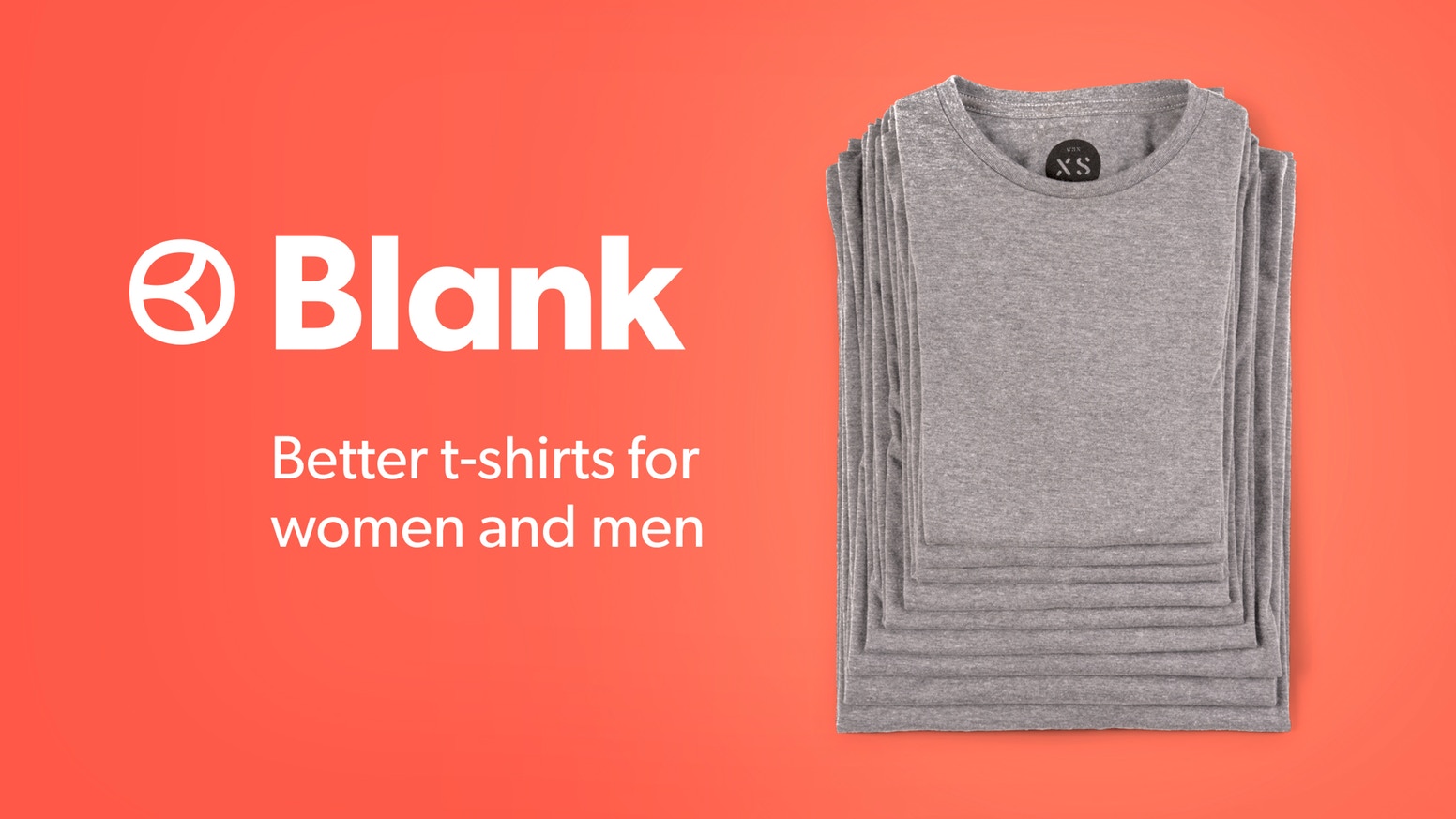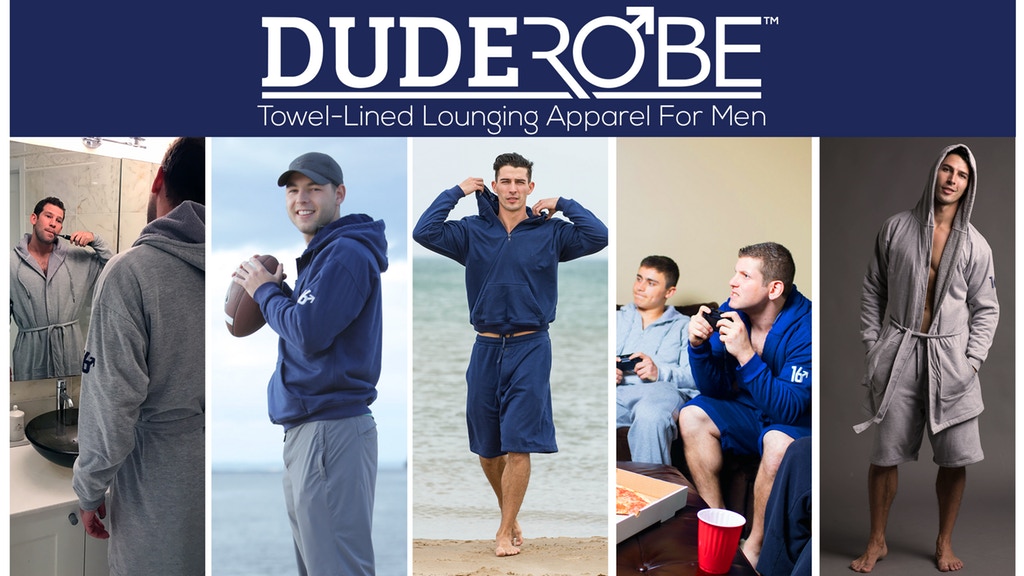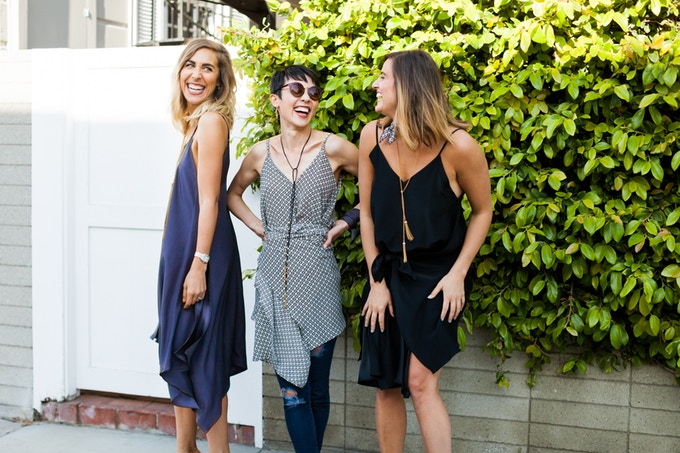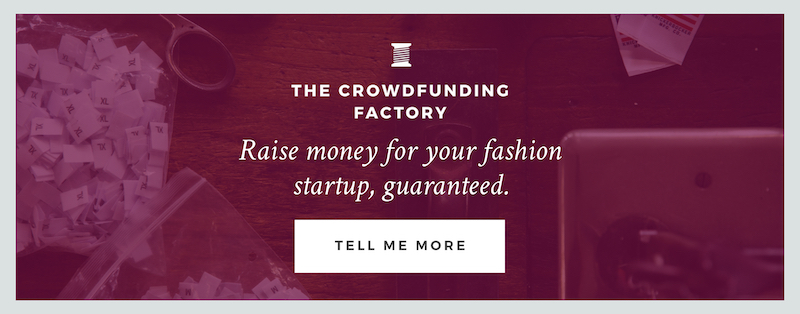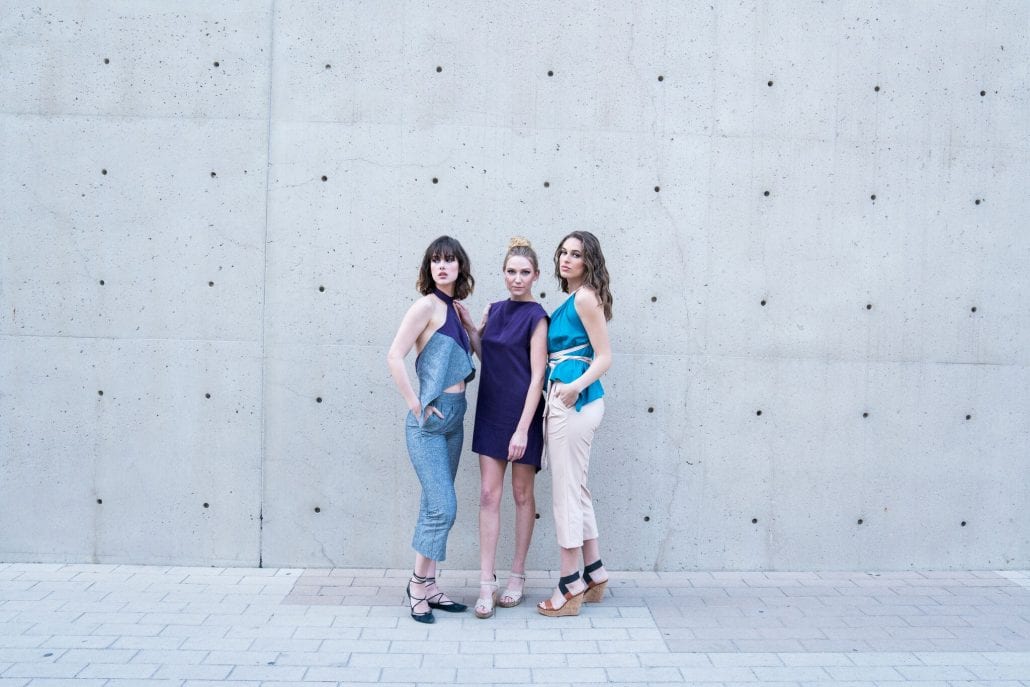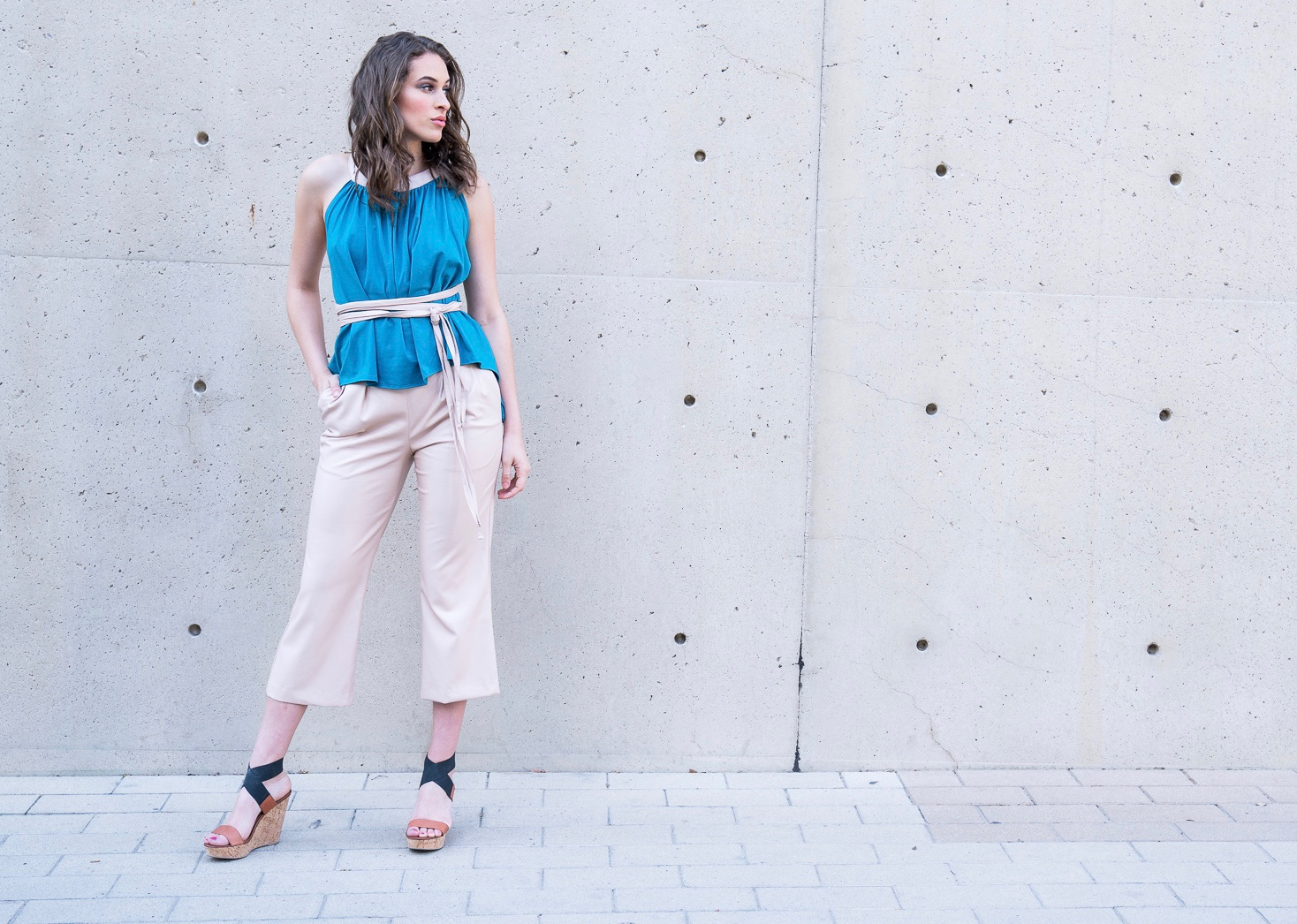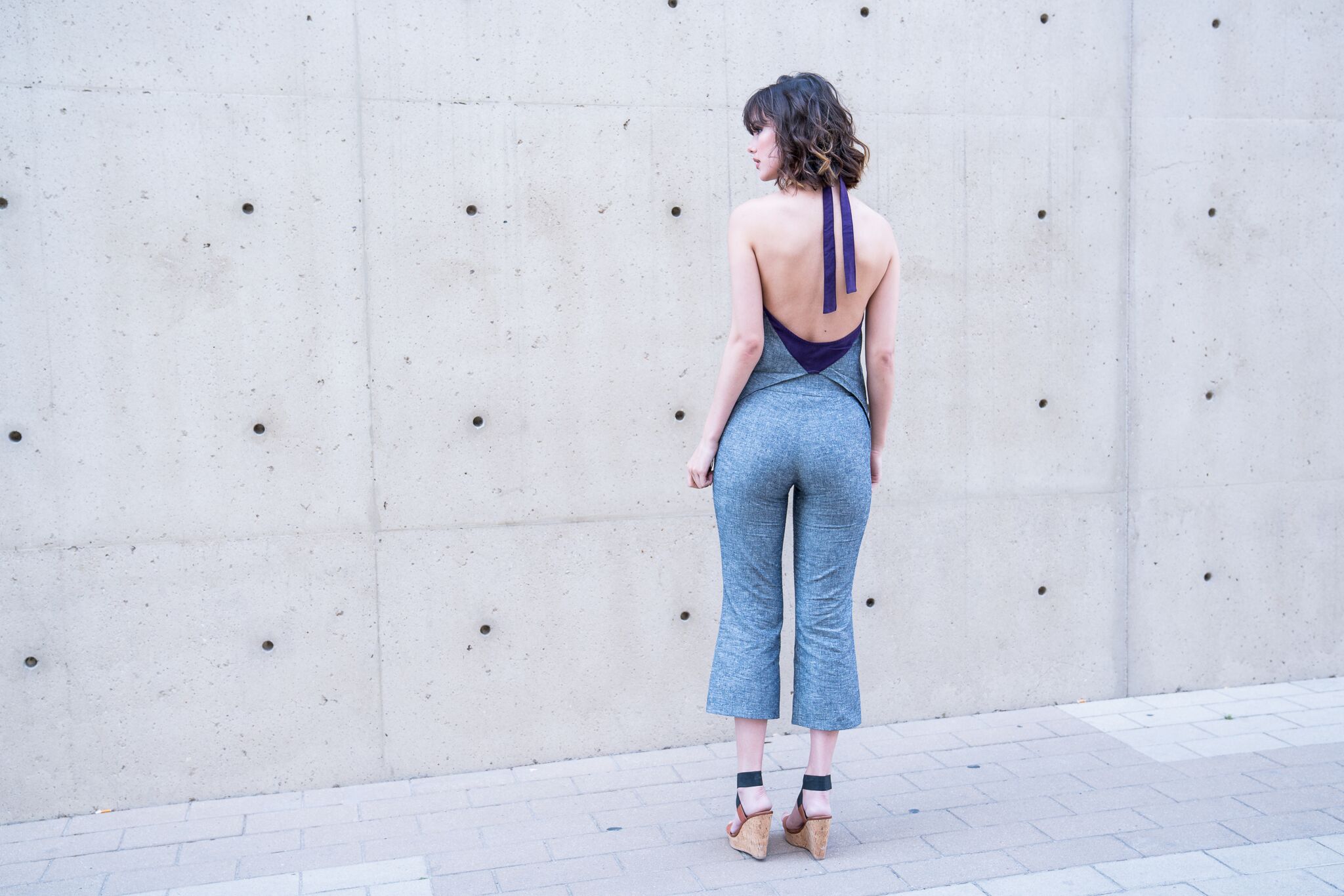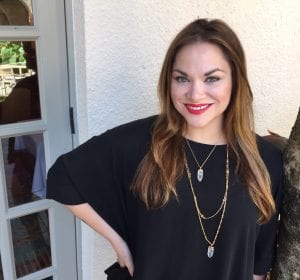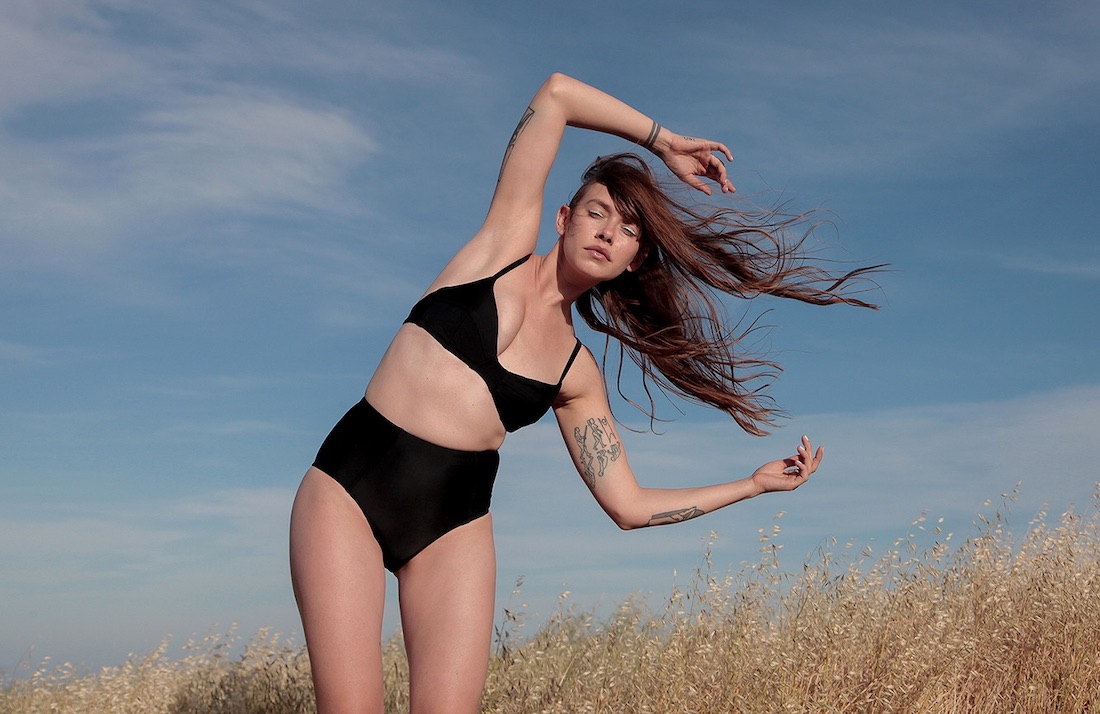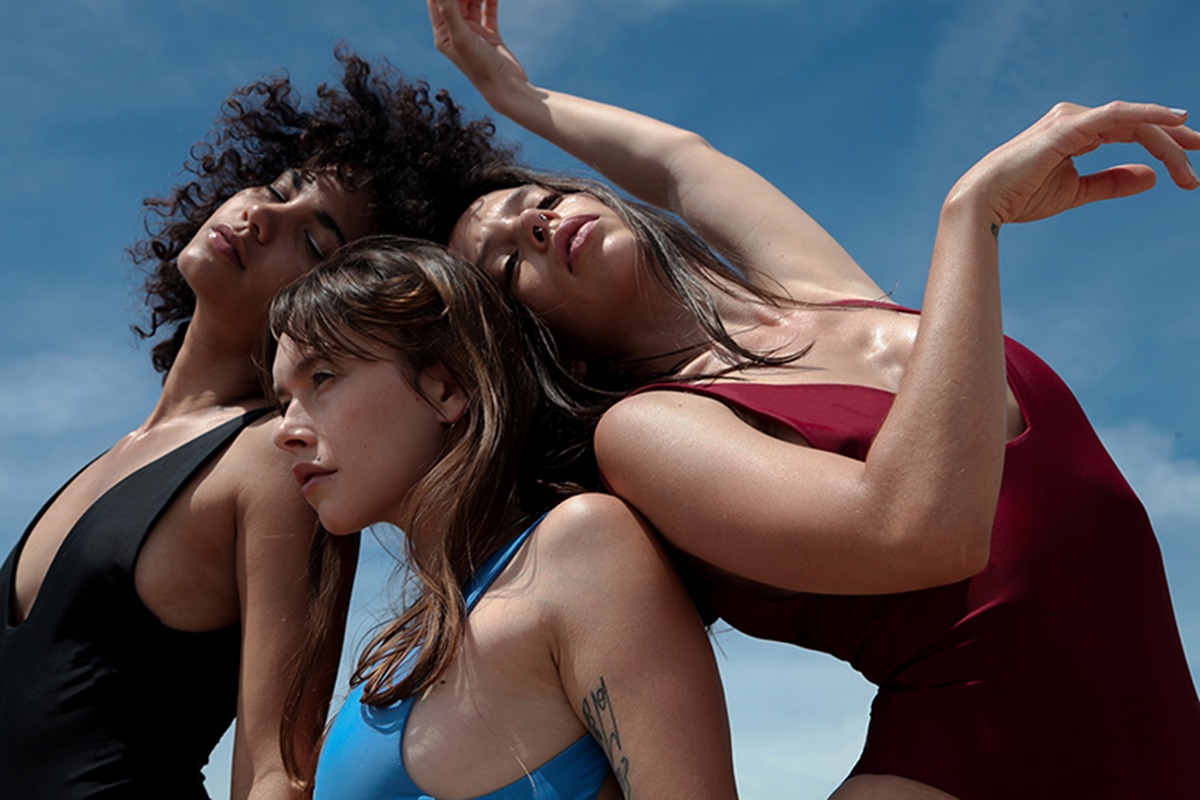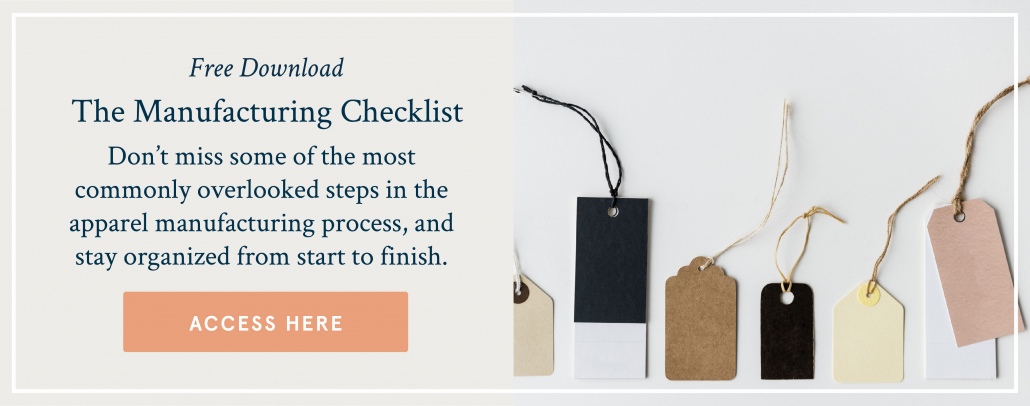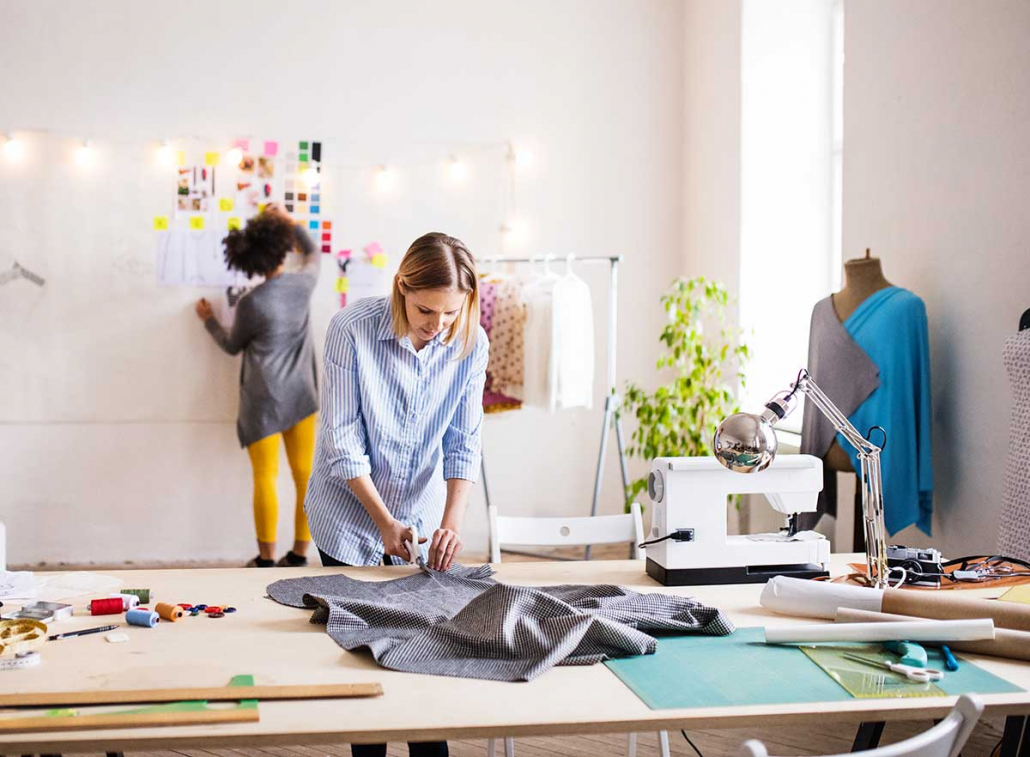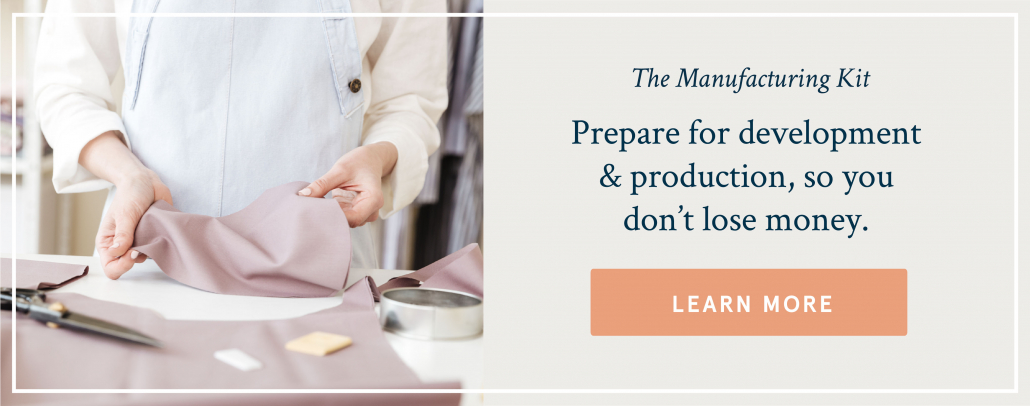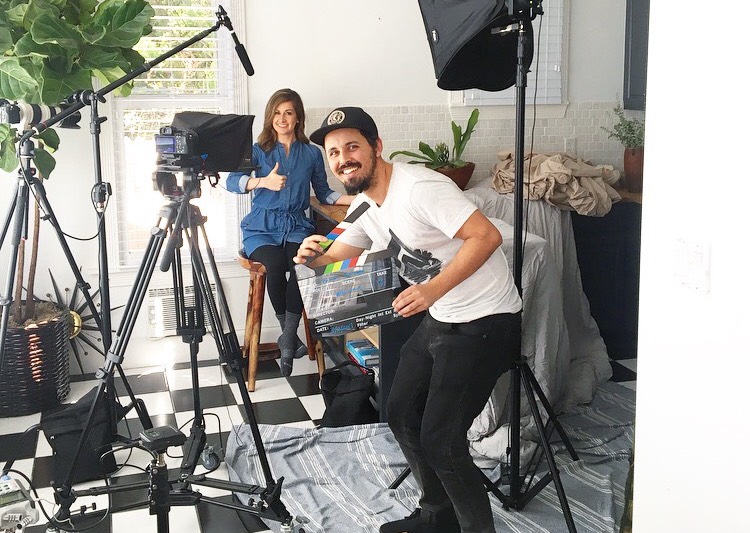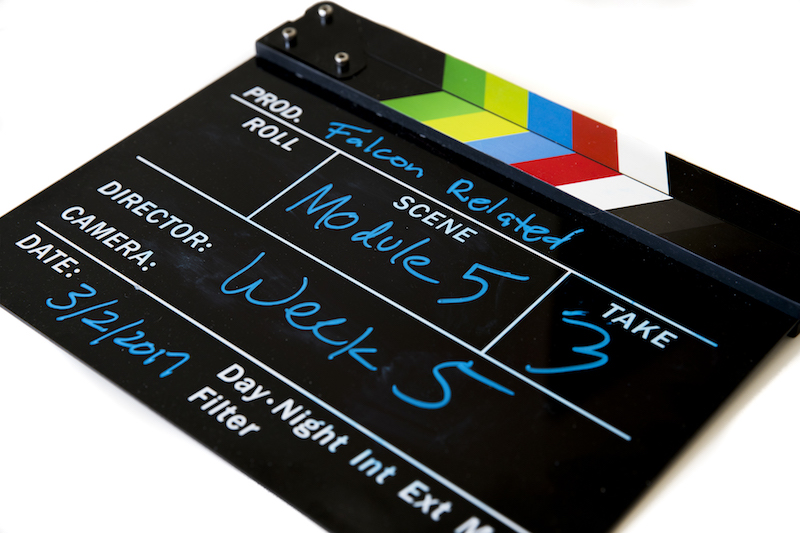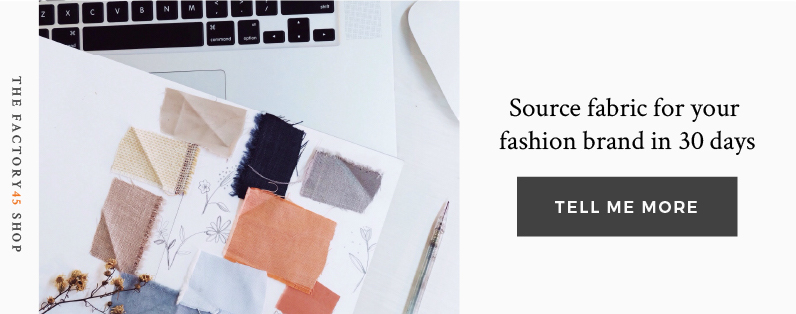If you know anything about me (and what I teach) it’s that I unapologetically love crowdfunding.
Kickstarter, Indiegogo, iFund Women, pre-sales on your own website, whatever the platform you use I truly believe that launching your brand through crowdfunding is the smartest and most efficient way to go to market.
Why?
Because you can test your product before you make it, you can find out if anyone is willing to buy what you’re selling, and you can get your customers to pay for your first production run.
This saves you immense amounts of time, money and energy compared to traditional methods of creating inventory first and then trying to sell it.
At the end of last year, I launched a course called The Crowdfunding Factory that specifically focuses on raising money through pre-sale sites like Kickstarter.
To date, this course has a 100% success rate of participants who joined and launched a crowdfunding campaign.
So today, I want to share some of those stories with you.
COTTON BUREAU
This Kickstarter campaign wrapped up last week, raising a whopping $94,628.
Founder Michelle Sharp and her team set out to create size-inclusive, made-in-the-USA, premium t-shirts for men and women with a goal of raising $48K in 30 days.
The idea for the campaign stemmed from their existing business, Cotton Bureau, and the need to improve the sizing options of their women’s tees. They wanted to create something ultra-soft that could hold up in the premium t-shirt market without expecting adult women to fit into Junior sizes.
This clearly struck a chord with people as they gained the attention and support of 1,527 Backers who purchased their tees.
DUDEROBE
“Bathrobes for men kind of suck” – that’s the tagline for DudeRobe, a Kickstarter campaign that raised over $67,000 this summer.
Founder Howie Busch joined The Crowdfunding Factory at the end of last year and launched his campaign in just six months (the minimum amount of time I recommend). His hard work paid off when he reached his goal of $25K in under two days.
DudeRobe has been featured on BroBible, iHeart Radio, Product Hunt and other notable press and gained the interest of Shark Tank producers.
When I tell entrepreneurs to find their unique niche and try to solve a problem for those people, this is what I’m talking about. DudeRobe appealed to a very specific type of customer and it paid off.
SEASON
Founder Jessie Artigue was already a notable lifestyle blogger through her site Style & Pepper, as well as the co-host of The Marriage is Funny podcast, before setting out to create her own dress line for women.
With the help of a Kickstarter campaign, Jessie launched SEASON, ethically-made dresses that are the “super-hero cape for your everyday style.” The first collection offers one multi-functional and versatile dress in three different colorways and is cut and sewn in the USA.
The SEASON campaign raised over $20,000, earning 122 backers, and was featured on style sites like Verily Magazine, Clementine and more.
LE REGARD
While this campaign didn’t raise multiple tens of thousands of dollars like the others, I wanted to highlight it for the same reason I mentioned DudeRobe.
Founder Ruth Yeboah launched Le Regard to solve a problem for a specific group of people — breastfeeding women.
Operating under the mantra that every woman deserves to breastfeed in style, Ruth set out to provide a solution to the question: “Could I nurse in this?”
Creating apparel for all seasons, that flatters postpartum bodies and provides convenience and ease of nursing, Ruth raised over $10,000 to bring her first collection to nursing mothers everywhere.
And the last thing I’ll tell you today is that Crowdfunding Factory alum Lady Farmer launched their Kickstarter campaign this morning!
The mother/daughter team has created a beautiful campaign and has invested *months* in pre-launch prep that never ceased to impress me. So, go check out their campaign and see if anything strikes your fancy >>


